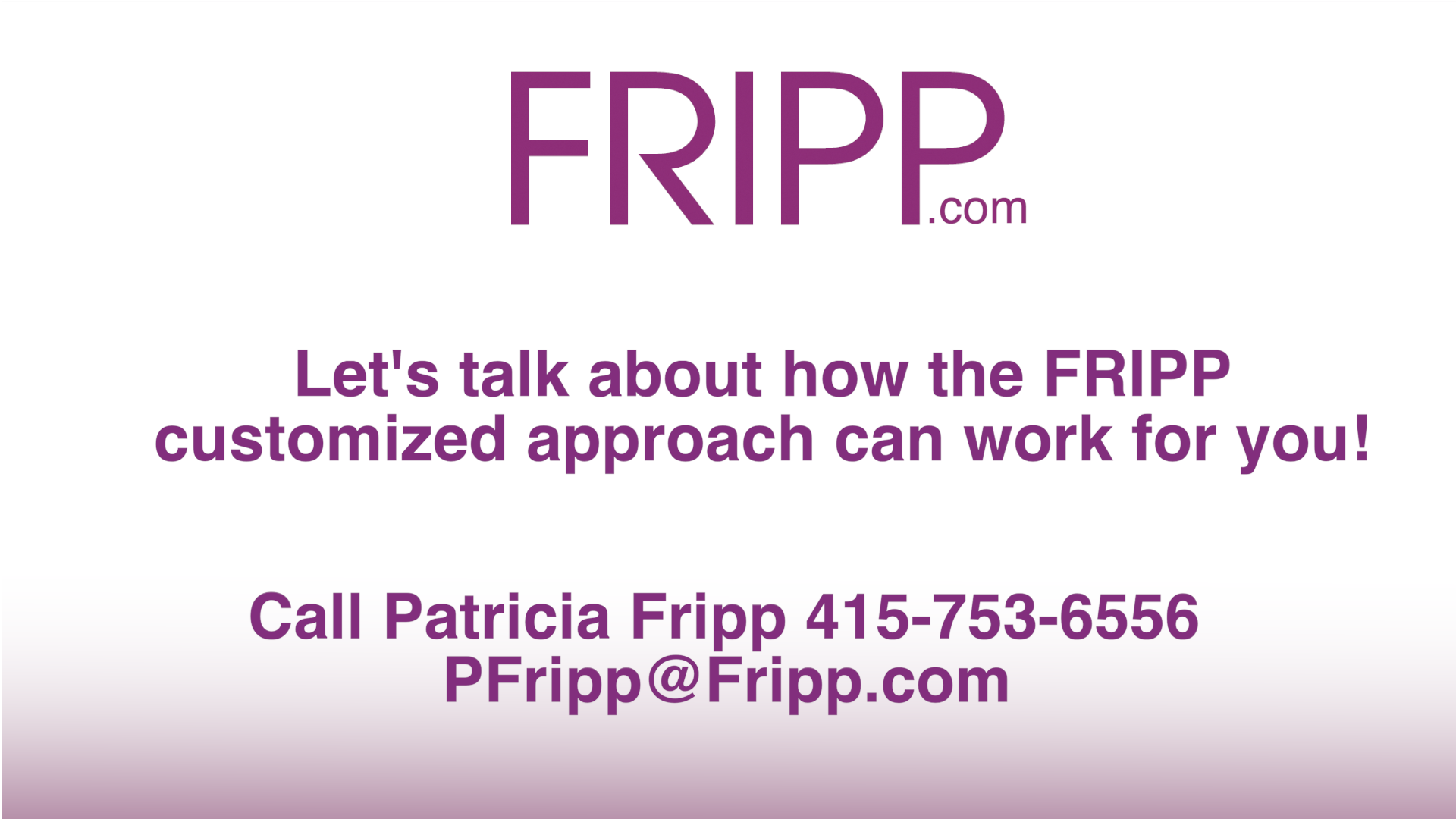Twelve Years Later: Reliving the Unforgettable Presentation Experience
In 2011, Salve Finance from Slovakia invited Darren LaCroix and me to deliver a presentation skills program in Las Vegas. The audience was their sales winners. Our challenge was… nobody spoke English. As their president, Peter explained, “Our generation grew up speaking Russian. We did not learn English at school.” In advance, we rehearsed our program with our interpreter, and the audience appeared to consider it the reward it was designed to be.
Little did we know that the impact of our presentation would echo through time. Twelve years later, Peter contacted us, and we revisited the experience. He said, “The audience hasn’t forgotten their last experience. We have some of your original audience and many new sales winners.”
Here is how a single presentation became a memorable legacy that continues to influence and inspire, even after all these years.
Advice I learned from past experiences.
Earlier in my career I recorded a video training series for a company that sold the programs in fifty-seven countries. My voice was dubbed into fifty-six languages. That is where I learned to de-Americanize all my examples and remove the names of people, places, books, and companies they would not know.
Before I spoke at a series of events in Taiwan,
I asked the speaking legends and my friends—Harvey Mackay and Brian Tracy—about their experiences and for their advice.
Brian said, “Do not let them do simultaneous interpretation because it takes so much longer in their language. Do it more like a dance routine. You speak, then let your interpreter speak.”
Harvey told me, “Run your presentations by a target audience.”
In advance, I sent all my handouts and recordings of my presentations, arrived early, and invested two extra days rehearsing with Paul—my amazing interpreter—and my client’s leadership team. They even rehearsed how we were all to dance our way onto the stage to build excitement in the audience.
For three months prior to my trip,

I met with a young woman from Taiwan to learn how to welcome them in their own language and learn to deliver some of my key ideas in Taiwanese. I wrote them phonetically in the order I would use them. Paul still had to interpret my attempt at Chinese. The audience laughed; however, they all appreciated the effort I made.
For our recent presentation for Salve Finance,
Peter and one of his business partners were to do the interpretation. With my program on the structure and scripting of a persuasive sales presentation, I encouraged Peter to add his own specific suggestions based on my content.
We sent our slides and handouts in advance, and they did an amazing job preparing the workbook. On each page was one of our slides in English and next to it the same slide in Slovak. Each page had plenty of space for the audience to take notes.
The event was a wild success.
Advice when addressing non-English speakers.
Realize you will deliver half as much content in the time delivered.
Speak clearly and slower than usual: This helps them grasp the content and follow along with the presentation.
Use simple language: Avoid complex words, idiomatic expressions, or jargon that will not translate well. Simplicity in language ensures that your message is easily understood and is easier for your interpreter.
In this case, I encouraged Peter to add examples:

It added practical context to my content. You would not normally do that, and professional interpreters will not.
Visual aids with translations: Including visual aids with translated content in the workbook is a brilliant way to reinforce your message. It allows the audience to connect your words with their native language, enhancing comprehension.
Honor their local culture: It is crucial to de-Americanize your language and content.
Pause for interpretation: Remember to pause when interpreters are speaking. This gives the audience time to absorb the information provided by the interpreters and ensures a smoother flow of communication.
Avoid formal language: Steer clear of overly formal or complicated language. Keep your tone conversational and relatable to establish a connection with the audience.
Learn to at least say, “Welcome” in their language. This approach ensures that your message is not only understood, it is memorable to your non-English speaking audience.
Peter reported he and his sales team were delighted with our program, and the sales team continues to practice what they learned. Who knows, the next invitation may be in less than twelve years!
“The seminar and the time we spent with you were both fantastic. My people were so excited. We are incorporating your ideas and advice now we are back in Slovakia. The time with you was a great investment. Your professionalism is superb.
Once again – a BIG THANK YOU Patricia and Darren, we love working with you.” Peter and the team. Salve Finance
Need help for you or your team on improving important conversations and presentations? The Fripp Customized Approach will work for you. Contact Fripp today!


